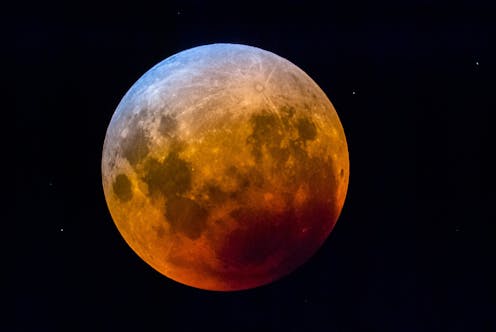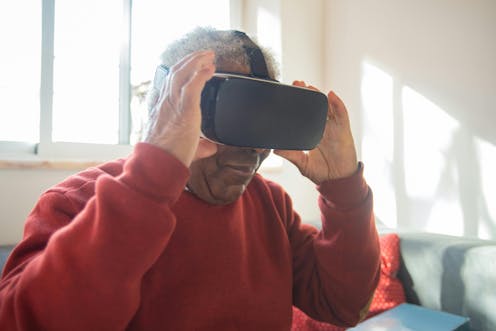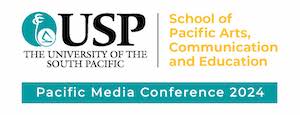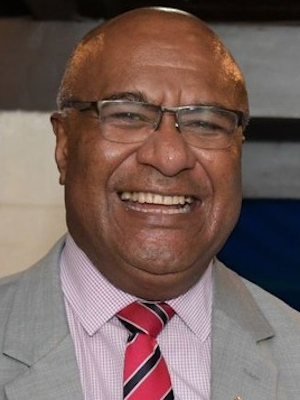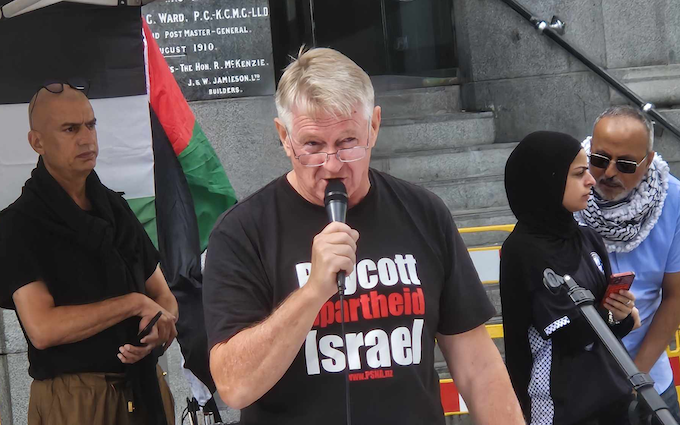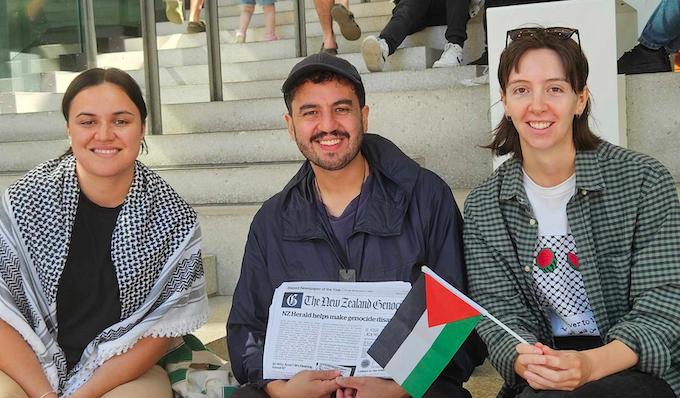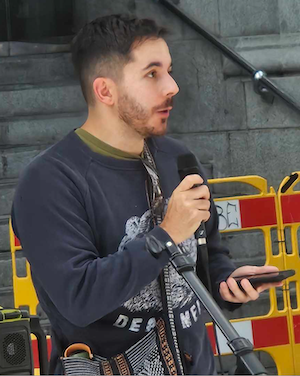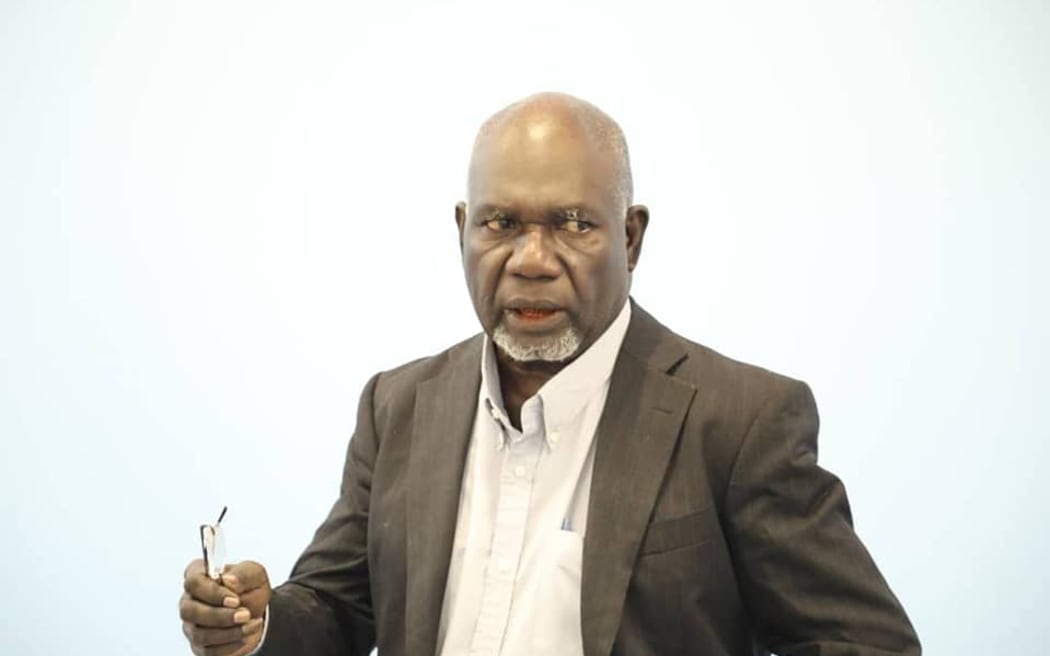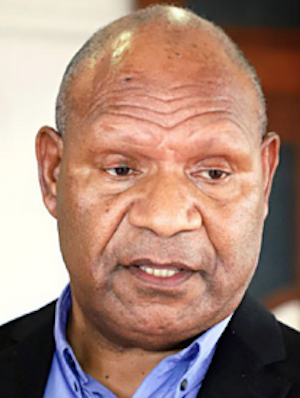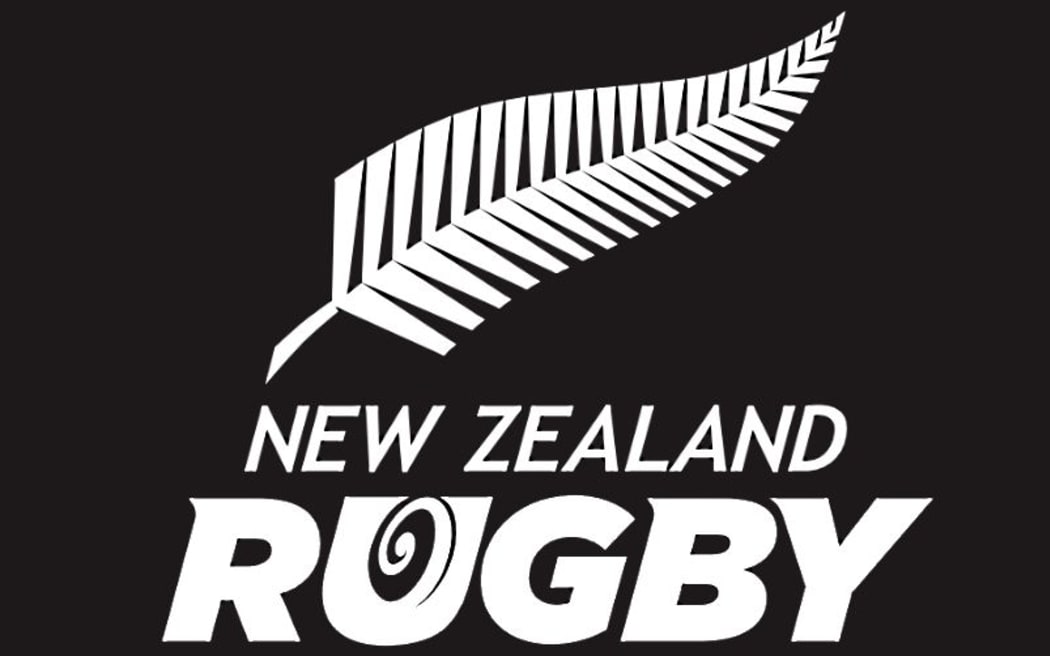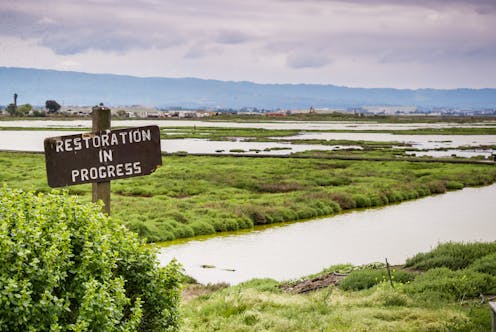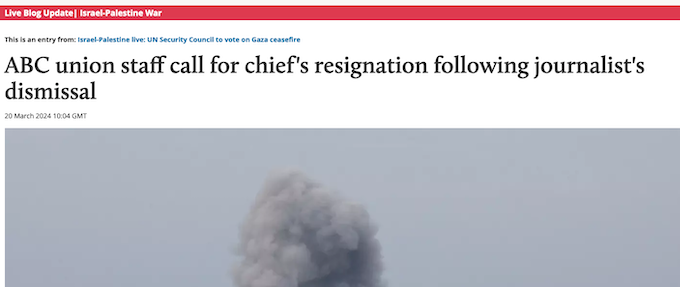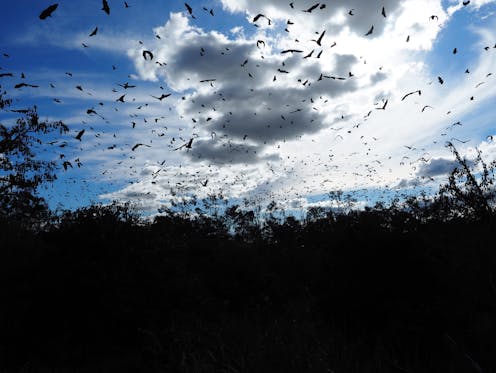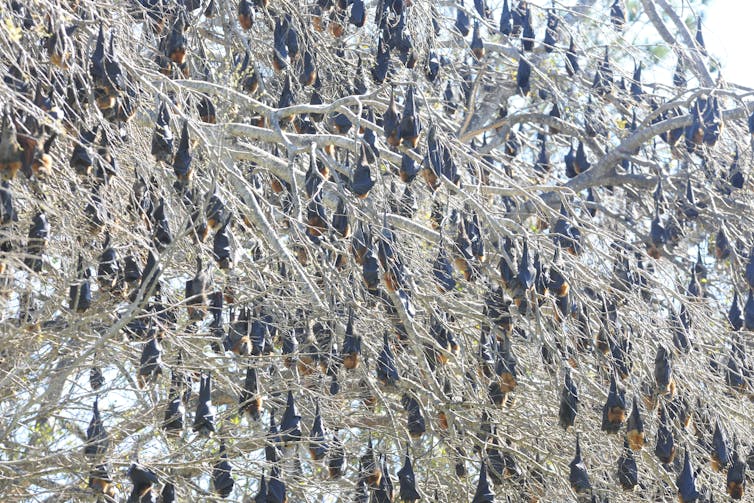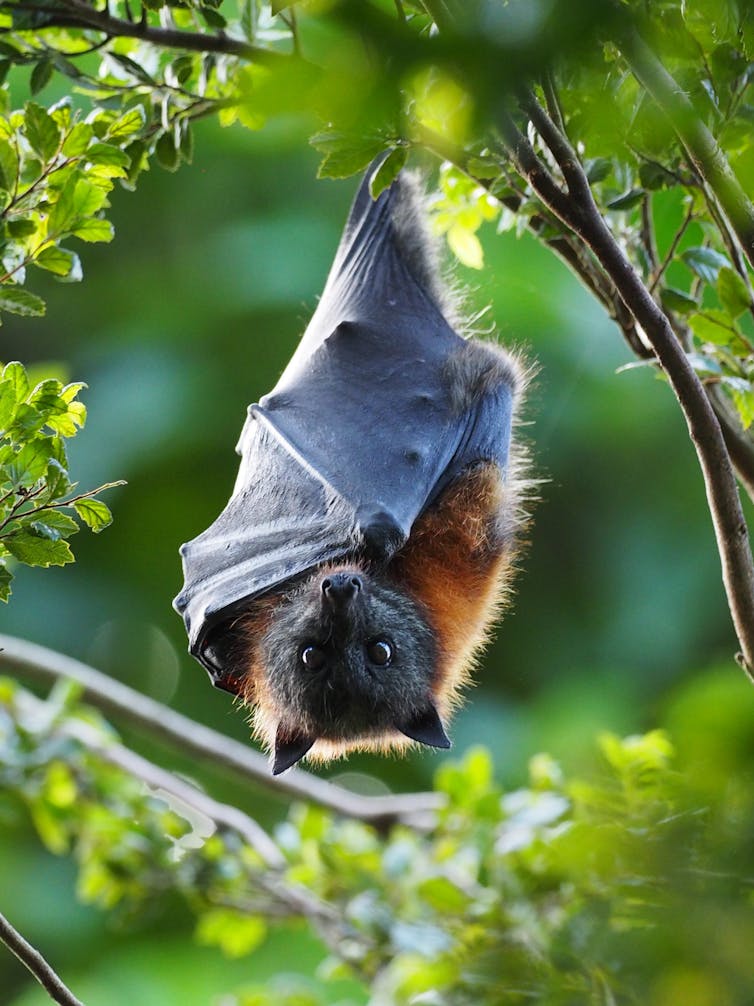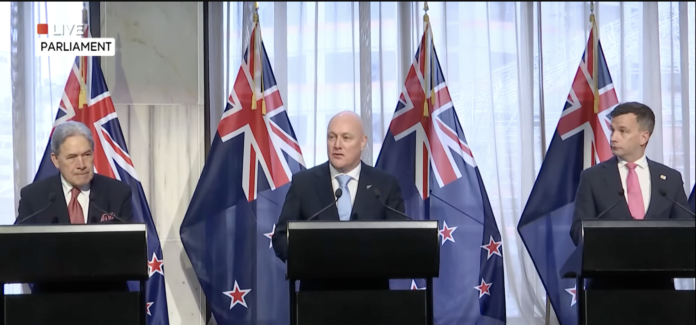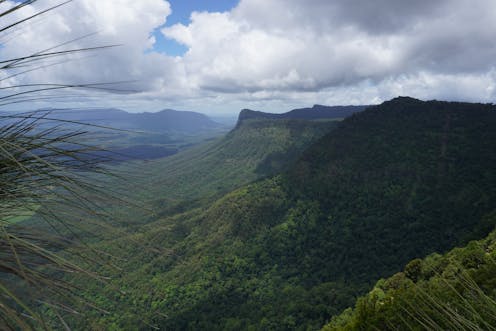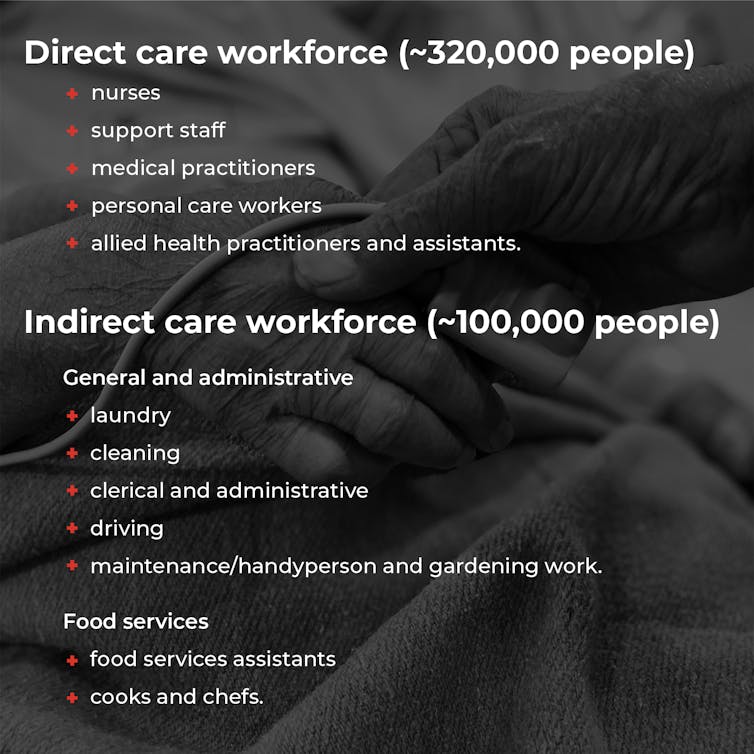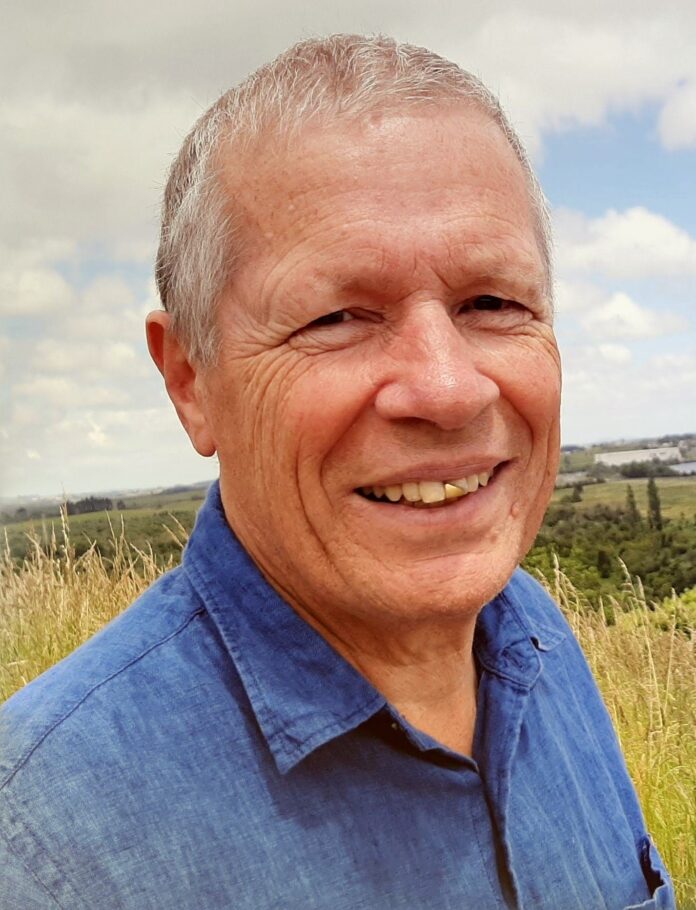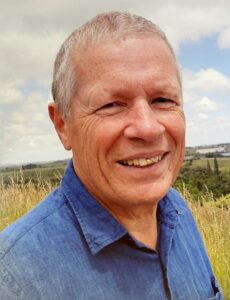Source: The Conversation (Au and NZ) – By Carolyn Holbrook, Associate Professor in History, Deakin University
Vaping is a pressing public health issue. While adult smoking rates continue to fall, vaping rates are rising. Seven per cent of adults now vape daily, up nearly three-fold since 2019. Most alarmingly, the rate of daily vaping among 18-to-24-year-olds has climbed from 5% in 2019 to 21% in 2023.
Nicotine, especially in high doses, is known to be harmful to brain development. Vaping products also contain more than 200 chemicals, some of them known carcinogens.
While the research on long-term health harms of non-therapeutic vaping is still emerging, there is an urgent need for governments to act in the interests of public health.
Historical parallels
We have confronted youth nicotine addiction before. Lessons can be learned from Australia’s decades-long, world-leading efforts to control tobacco.
Firstly, global tobacco organisations now control the vaping industry. Like smoking historically, vapes are aggressively marketed to young people.
In 1969, in the early years of tobacco control, 36% of adults smoked daily, but prevalence was declining. Tobacco companies sought new young buyers for their products. They flooded television and radio with advertising, which rapidly drove up youth smoking. We are seeing the devastating effects today of tobacco-induced disease.
Anti-tobacco advocates in 1971 pressured a reluctant Commonwealth government to ban tobacco advertising. They used celebrity-studded, satirical television adverts showing smoking’s health harms, drumming up media attention, and lobbied politicians using international data showing the powerful effect cigarette advertising had on promoting youth smoking.
On the back of growing public outrage, politicians eventually banned tobacco advertising on television and radio by 1977.
Read more:
How the push to end tobacco advertising in the 1970s could be used to curb gambling ads today
The rise of the Quit campaigns
Despite this success, more was needed to drive down smoking. In 1978, the Commonwealth government and the NSW Department of Health funded a “Quit for Life” campaign in northern NSW to discover how best to help smokers to quit.
It revealed that memorable ads – notably the famous “Sponge” ad – combined with counselling and medical assistance were most effective.
“Quit”-branded campaigns were then rolled out in Western Australia (1982), Sydney and Melbourne (1983) and South Australia (1984).
The first Quitline providing guidance on accessing support was trialled in Sydney. In Victoria, a dedicated organisation, Quit Victoria, was established in 1985. From 1987, it received funding from the Victorian Health Promotion Foundation (VicHealth), using revenue from cigarette taxes.
Each campaign relied on the same tools: anti-smoking education complemented by a Quitline and other practical support for smokers to quit.
Banishing smoking from public space
Tobacco companies pivoted to sport sponsorship in the 1980s to keep their brands in public view. In response, anti-smoking advocates pushed to close legislative loopholes allowing this “sports-washing”, and Quit Victoria began sponsoring sport.
But the problem of youth smoking re-emerged due to a lack of co-ordinated national action. By the mid-1990s, smoking prevalence among young people was back at 30%.
Advocates pushed for a nationwide education campaign using a consistent message: “Every cigarette is doing you damage”. A nation-wide Quitline service was launched, as were new anti-smoking regulations, including smoke-free areas, stronger health harm warnings on cigarette packs, and increased taxation. Youth smoking rapidly decreased.
However, success was not guaranteed, and advocates continued pressing. Through the early 2000s, each state progressively banned point-of-sale tobacco advertising, including the visual display of packs.
A Commonwealth-led agreement with the states to co-ordinate their laws led to a nationwide indoor smoking ban from July 1 2007. And, in a world first, the Gillard government legislated the plain packaging of tobacco, finally removing all tobacco branding.
Three major lessons
This history offers important lessons for the vaping crisis:
-
the importance of a multi-pronged strategy, which includes stressing that vaping is addictive and unhealthy, and evidence-based advocacy to government
-
the need to provide appropriate supports to help people quit
-
a consistent, national approach targeting people of all ages, especially young people, before they become nicotine-dependent.
Tobacco-control efforts were evidence-based, from the science of smoking’s health harms, to the power of cigarette advertising on youth, to the best response strategies.
Public education campaigns about the harms of vapes must also be evidence-based and sophisticated in their targeting of vaping’s appeal.
More than four decades of “Quit” campaigning show the value of complementary resources, including counselling and medical support. Practical supports to help people to stop vaping should be strengthened wherever needed.
Finally, the Commonwealth must continue to lead. The laws implemented by federal Health Minister Mark Butler on March 1 2024 enforce the existing ban on the import of all unregulated vapes, nicotine and non-nicotine alike. The second phase of laws promised by the Commonwealth on March 21 enforces existing retail bans that have been widely flouted. It requires the states to assist.
This is a complicated issue of public policy because — despite what some opponents have suggested — vapes are not prohibited, but regulated. This means they are accessible by prescription for their original intended use: to quit smoking.
To make this work, the Commonwealth must encourage states to enforce bans. It must press for consistent laws across the country regarding the enforcement of vape-free areas. It must also seek a national approach to ensuring doctors and other healthcare providers have up-to-date evidence on prescribing therapeutic e-cigarettes for people seeking to quit smoking.
The health minister should be commended for the strong steps he has taken to tackle non-therapeutic vaping. The government should also take comfort in the knowledge it has the legacy of Australia’s considerable success in tobacco control on its side.
However, a challenge lies ahead with a politically motivated opposition and a Greens cross-bench. Both misrepresent current policy as “prohibition” when it is merely regulation to keep vapes away from young people.
We’ve taken smoking from “normal” to “uncommon”. We can do the same with vaping when these laws come into full effect, providing states and territories are equipped to enforce them.
![]()
Carolyn Holbrook receives funding from the Australian Research Council.
Thomas Kehoe receives funding from the Australian Research Council and is an employee of Cancer Council Victoria.
– ref. We’ve taken smoking from ‘normal’ to ‘uncommon’ and we can do the same with vaping – here’s how – https://theconversation.com/weve-taken-smoking-from-normal-to-uncommon-and-we-can-do-the-same-with-vaping-heres-how-226117


